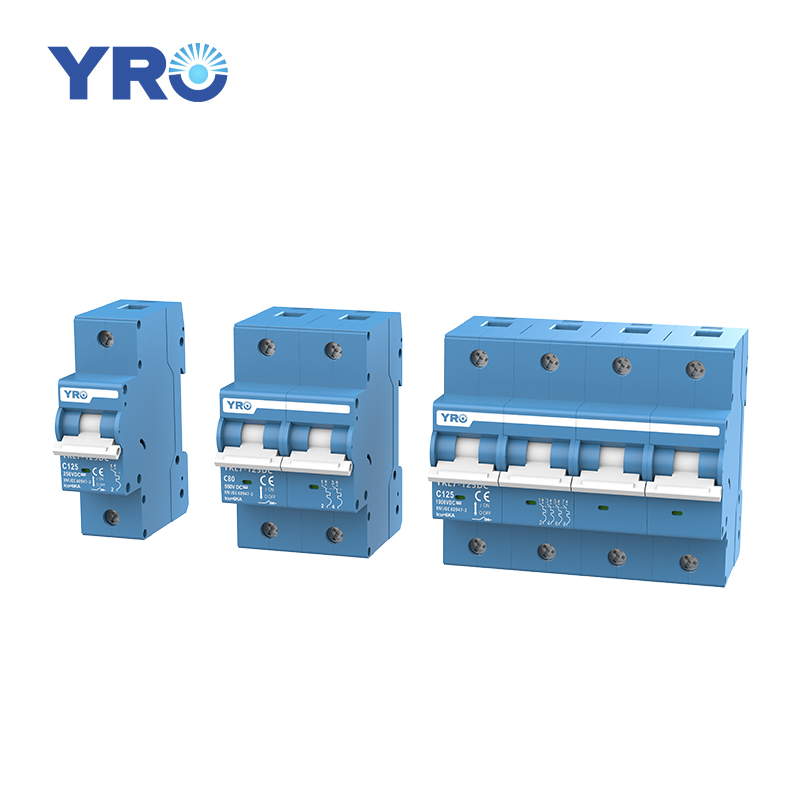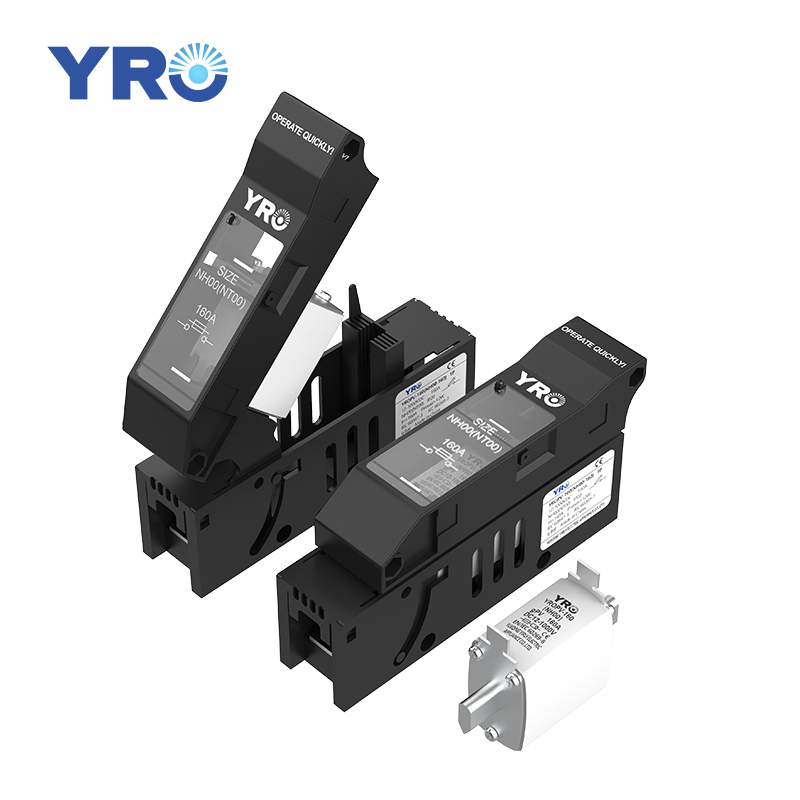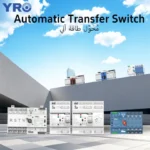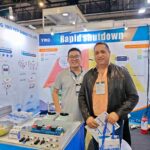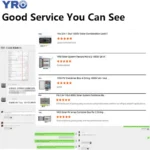A solar inverter is a crucial component of any solar power system. It converts the direct current (DC) generated by solar panels into alternating current (AC), which powers household and commercial devices. As solar energy gains importance, understanding the types and functions of inverters becomes essential for those looking to optimize their energy systems.
What Is a Solar Inverter?
A solar inverter is a vital device in solar energy systems. Its main function is to convert the DC power generated by solar panels into AC power, the type of electricity required by most household appliances and the power grid. Without this conversion, the energy produced by solar panels cannot be directly used by household devices.
In addition to power conversion, modern solar inverters often include advanced features such as energy production monitoring, grid management, and safety controls. These ensure efficient system performance and allow excess energy to be fed back into the grid, helping users reduce electricity bills and optimize their return on investment in solar systems.
Types of Solar Inverters
1、Battery Inverters
A battery inverter is the best choice when retrofitting a battery into an existing solar system. It is also ideal if you want to keep the battery separate from your solar panels and use a different inverter. It converts stored battery power into 230V AC, reducing reliance on grid power. It’s ideal for users looking to increase energy independence through battery storage.
2、Central Inverters
Central inverters are large and designed for systems that require significant power, often hundreds of kilowatts or even megawatts. These inverters are not for residential use but are commonly found in commercial or utility-scale solar farms. Each central inverter resembles a large metal cabinet and typically handles around 500kW of power, making them a top choice for industrial projects.
3、Micro Inverters
Micro inverters are small but powerful. As the name suggests, they are compact (about the size of a book), with one microinverter installed for each solar panel. The main advantage of microinverters is that they optimize the performance of each individual solar panel, making them especially useful in systems facing shading or different orientations. This independent optimization can significantly improve system efficiency and energy output.
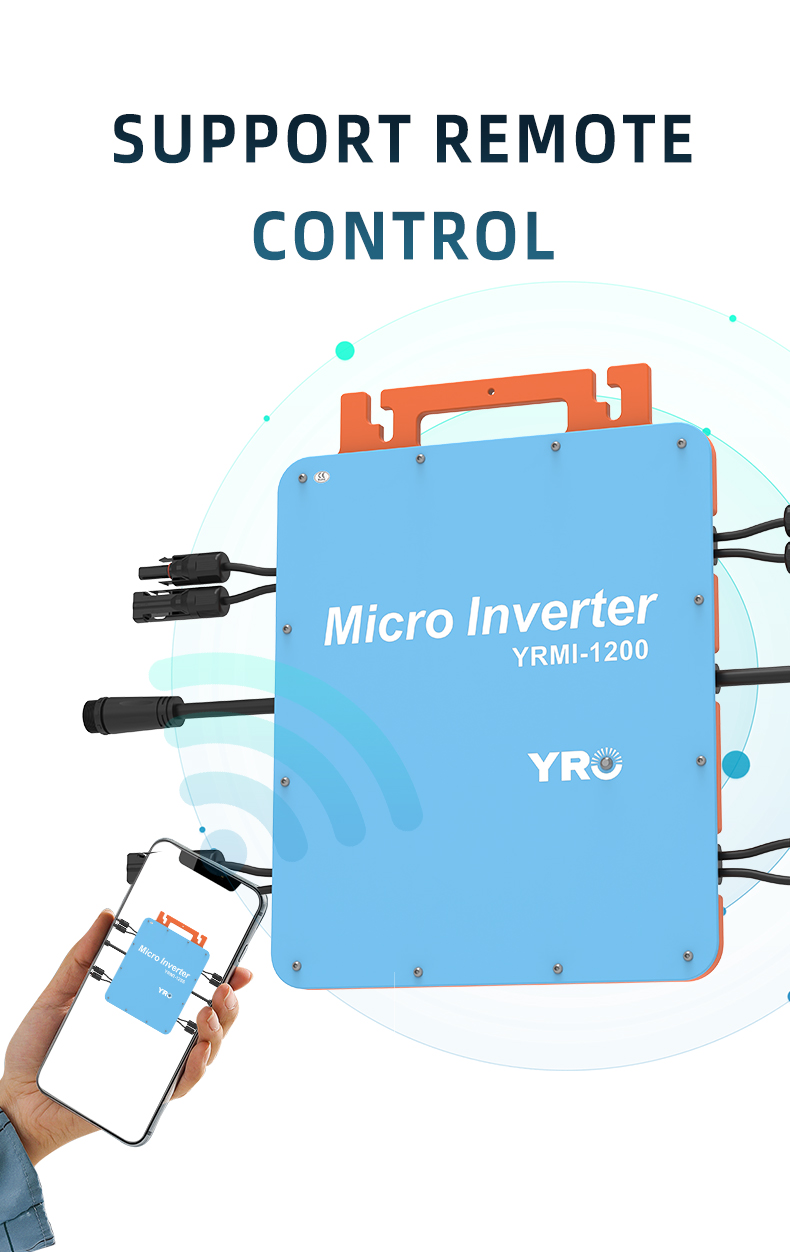 4、String Inverters
4、String Inverters
Lastly, string inverters are the most common type of inverter for residential solar installations. Their simplicity and cost-effectiveness make them widely popular. In a typical setup, a string of solar panels is connected to a single string inverter. Although they may not perform as well in shaded or dusty conditions compared to microinverters, string inverters remain a reliable and affordable choice for home solar systems.
What Is a Hybrid Solar Inverter?
A hybrid inverter, also known as a multi-mode inverter, is a versatile device that combines the functions of a solar inverter with the ability to manage battery storage. Traditional inverters only convert DC from solar panels into AC for immediate use, but hybrid inverters go a step further by integrating battery storage systems. This allows excess solar energy generated during the day to be stored. It can then be used at night or during peak demand periods.
Hybrid inverters play a key role in creating self-sufficient solar systems. By storing energy, they help reduce reliance on the grid, ensure stable power during outages, and optimize energy consumption. For example, during sunny days when energy production is high but demand is low, users can store surplus energy in the battery. When solar production drops in the evening or on cloudy days, households can release stored energy to meet their needs.
Hybrid solar inverters are an excellent solution for homeowners or businesses seeking greater energy independence and resilience. With the growing demand for renewable energy systems, these inverters are becoming increasingly popular in solar installations worldwide.

